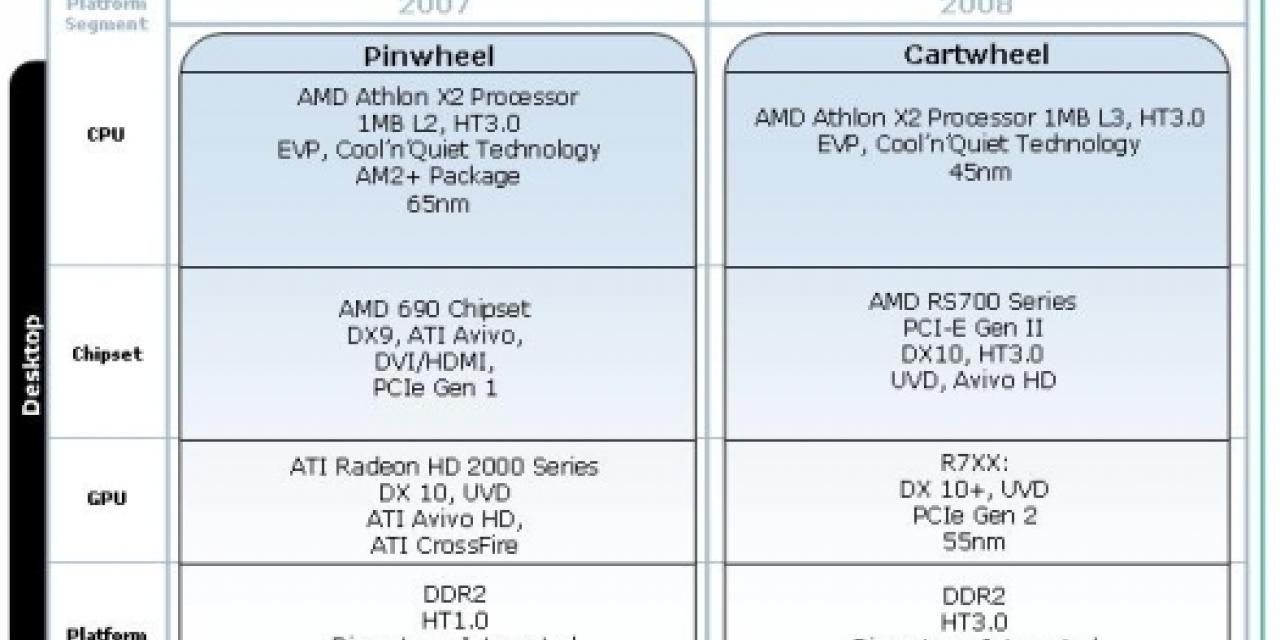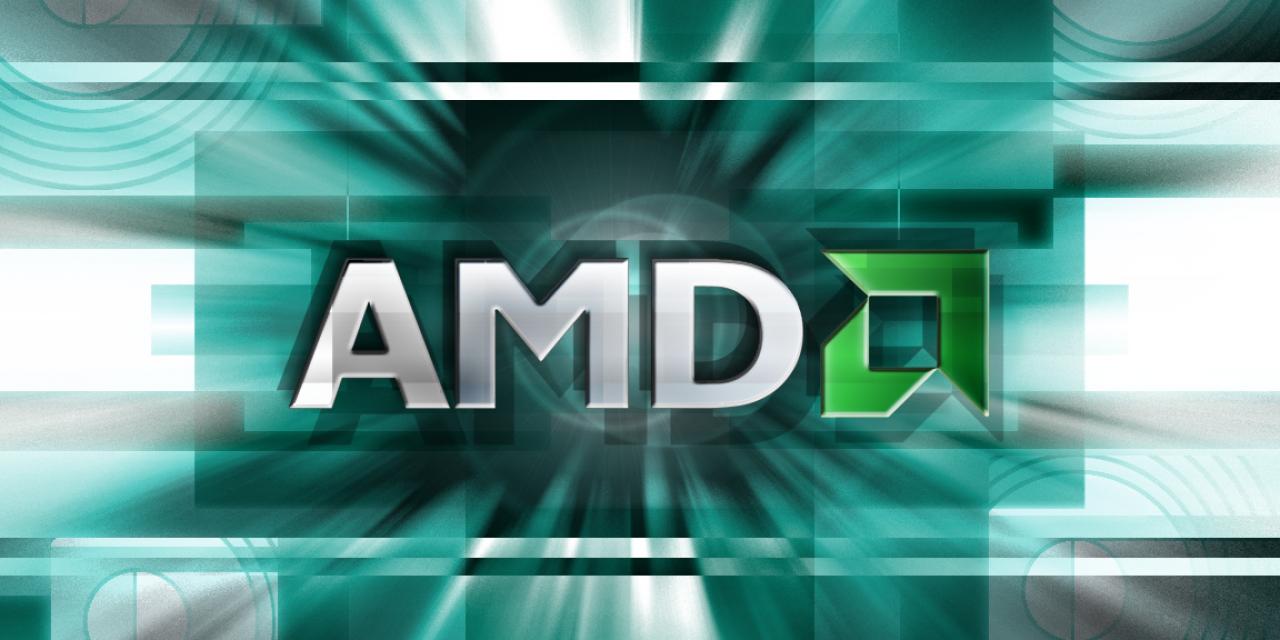



During AMD Analyst Day conference, Rick Bergman, AMD Senior Vice President and General Manager of Graphics Products for AMD, revealed AMD's plans to "power all of the screens in your life".
To fulfill such goal, AMD plans to release a complete platform solution every year.
In 2007, AMD plans to roll out Spider platform for high end desktops. Spider will benefit from 65nm manufacturing and will feature 2MB level 3 Cache, and more importantly, it will also feature Crossfire 2.0 technology which enables support for up to four graphics cards in one box. Leo will succeed Spider in 2008. Leo will be 45nm and utilizes 6MB level 3 Cache. Part of the Leo platform is the new 55nm RD7xx GPU which will support Directx 10+.
AMD will also introduce a new notebook platform named Puma. According to AMD, Puma is the " first ground-up notebook platform, with mobile-specific integrated northbridge architecture". Puma will utilize new PowerXpress feature to switch between discrete and integrated graphics dynamically. Integrated graphics will be used when the notebook needs to conserve its energy, while discrete graphics, which will allow users to run power-hungry graphics applications, will kick in when the laptop is plugged into the wall.
Shipping with Puma is a yet-to-be-announced 55nm M8X series mobile GPU which would support DX10+.
And the last screen AMD plans to power is mobile screen. For that purpose, AMD have Imageon technology. Through 2007, AMD plans 428x240/800x480 cellphone display resolutions with 3D graphics, 3 megapixel cameras with MPEG4 video encoding, support for AMR/MIDI/MP3/AAC/AAC+ audio, and support for the MPEG4/H.264 codec commonly found in QuickTime 7 media. Through 2008 and 2009, AMD hopes to provide 800x480/800x600/1024x768 display resolutions on cellphones, with more advanced 3D graphics and up to 12 megapixel cameras in 2009, along with 3D audio/voice recognition audio features.








